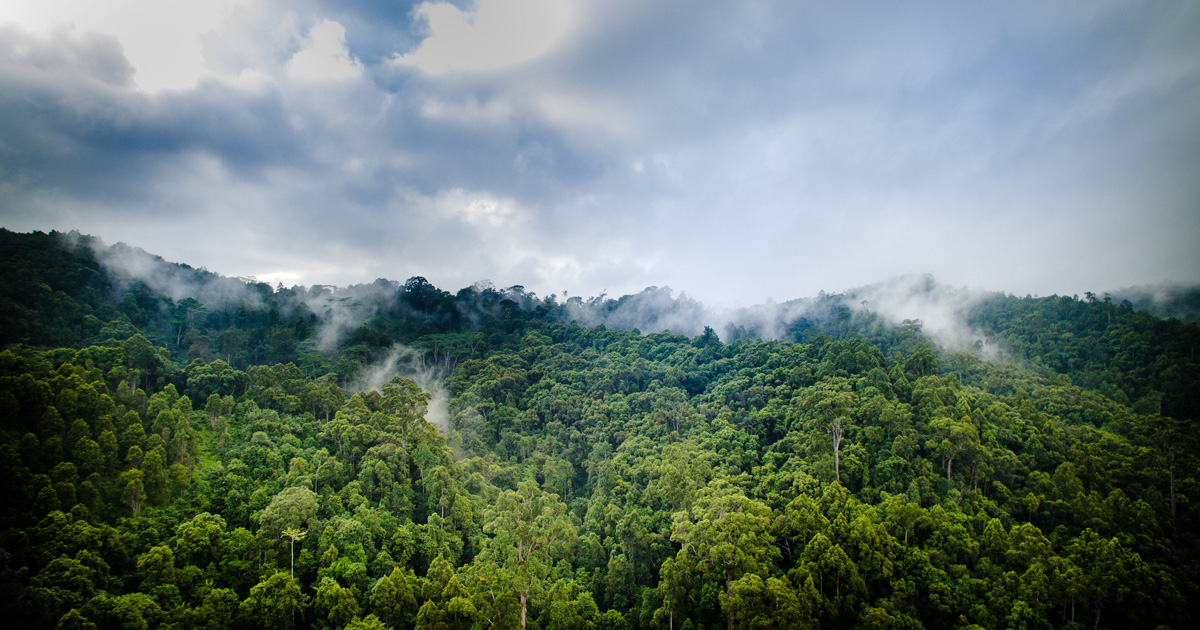Poor land use management and practice inhibit the growth and establishment of tree seedlings in dryland areas. We assessed arbuscular mycorrhizal fungi (AM) status of Faidherbia albida (Del.) A. Chev. trees grown on different land uses. We quantified the growth and nutrient uptake of F. albida seedlings inoculated with AM from different sources. These efforts were based on soil and fine root samples from the rhizosphere soils of F. albida trees. AM root colonization was determined using the gridline intersect method. Spores were extracted by the wet sieving and decanting method and identified to genus level. The seedling experiment had a completely randomized one-factorial design with four treatments and five replications. Faidherbida albida seedlings were grown in a greenhouse. All in situ F. albida trees were colonized by AM fungi. AM root colonization of F. albida trees was significantly higher (P < 0.0086) in area exclosures than on lands used for grazing or cultivation. Spore abundance was significantly higher (P < 0.0014) in area exclosures followed by cultivated land and grazing land. Glomus was the dominant genus in all land-uses. AM-inoculated F. albida seedlings grew better (P < 0.05) than non-inoculated controls. Seedlings inoculated with AM from area exclosure had significantly (P < 0.05) higher growth and nutrient uptake than those inoculated with AM from grazing and cultivated land. This emphasizes the importance of the native soil AM potential for better establishment of seedlings to achieve optimum plant growth improvement and assist in rehabilitation of degraded arid lands. © 2018, Northeast Forestry University and Springer-Verlag GmbH Germany, part of Springer Nature.
DOI:
https://doi.org/10.1007/s11676-018-0810-7
Altmetric score:
Dimensions Citation Count:
























